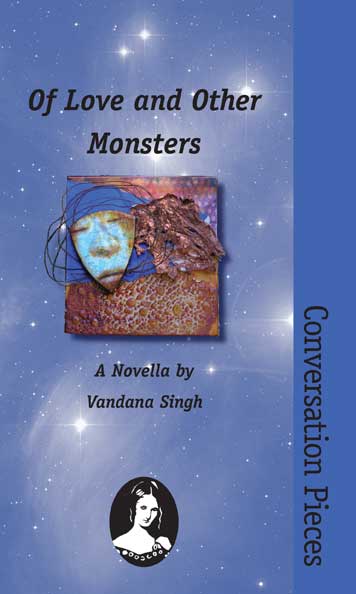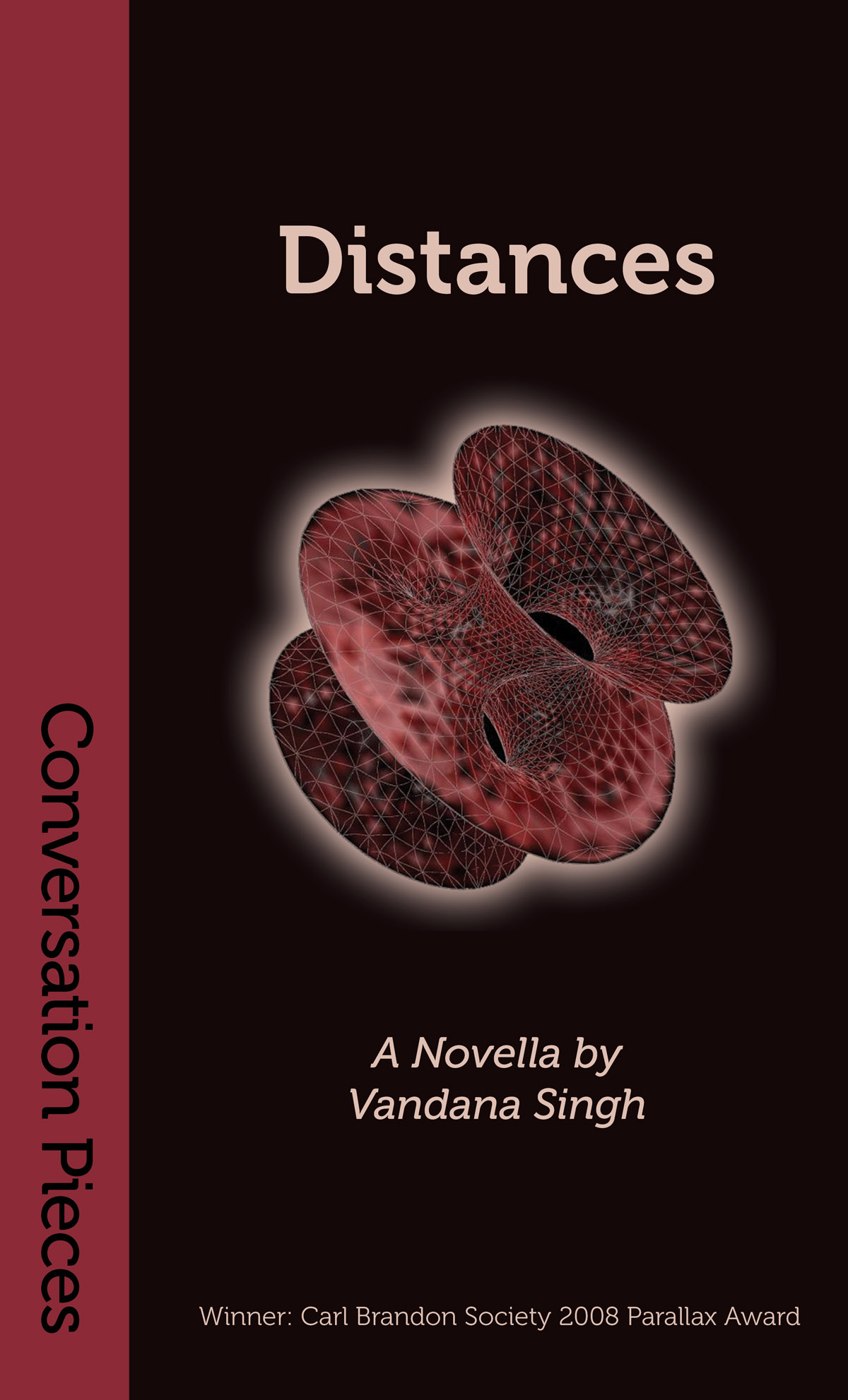
Vandana SinghVandana Singh writes (primarily) science fiction, and works as a professor of physics and environment and a transdisciplinary scholar of climate change at a small and lively public university near Boston. She has authored two collections of short stories, Ambiguity Machines (Small Beer Press, 2018) which was a Philip K. Dick award finalist, and The Woman Who Thought She Was a Planet (Zubaan/ Penguin India 2008), as well as a chapbook in the PM press Outpoken Author series, Utopias of the Third Kind (2022) and two novellas for Aqueduct Press, Of Love and Other Monsters (2007) and Distances (2008; winner of the Parallax Award and a James Tiptree Junior Honor book). In 2021 she was one of four international Climate Imagination Fellows at the Center for Science and the Imagination at Arizona State University, which resulted in her work being published in the anthology Climate Action Almanac. Her academic book Teaching Climate Change: Science, Stories, Justice (Routledge 2024) describes a transdisciplinary revisioning of the climate crisis at the intersection of science and society. In her academic work as well as fiction, she is especially interested in transcending dichotomies of human/ Nature, science/ art, and challenging multiple societal oppressions. Her latest story, Travelers' Tales from the Ends of the World, can be found here. Born and raised in India, where she continues to have deep engagements, she divides her time between the Boston area and Delhi.  
|

